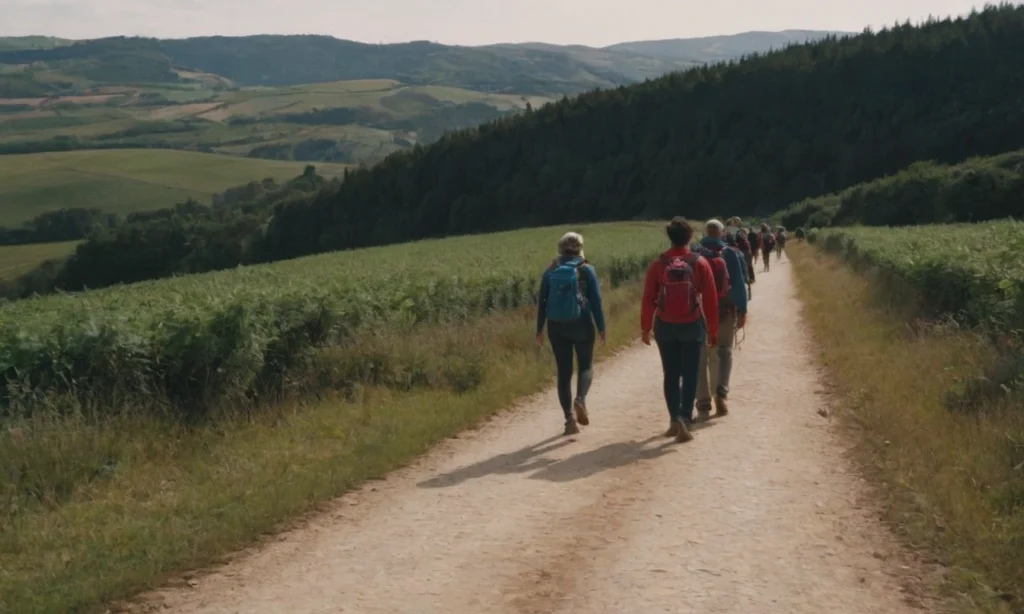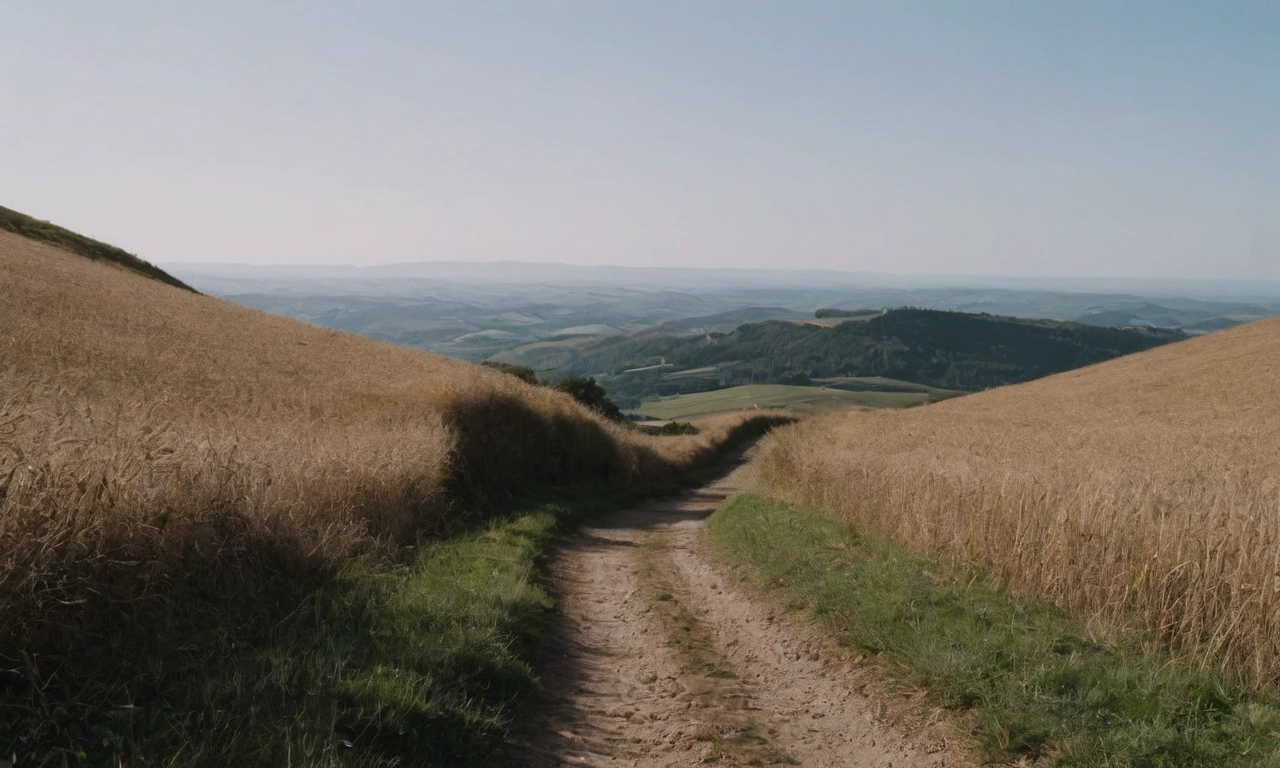The Call of the Pilgrimage
Long before my feet touched the first stone of the Camino, the route had called to me – a whisper carried across centuries, a path that has drawn travelers, pilgrims, and seekers for over a thousand years. The Camino de Santiago is more than a walking route. It is a living, breathing testament to human endurance, spiritual quest, and the profound connection between movement and meaning.
A Landscape of Transformation
Spain unfolds differently on the Camino. Each step peels away layers – not just of physical distance, but of self. The landscape becomes a mirror, reflecting internal journeys through its varied terrains: rolling wheat fields of Castilla, the rocky mountains of León, the verdant hills of Galicia.
The Rhythm of Pilgrimage
Walking the Camino demands a radical departure from modern life’s pace. Here, time is measured not in minutes or hours, but in kilometers walked, in conversations shared, in moments of silent reflection. Backpacks become burdens and metaphors, each step a negotiation between physical limitation and spiritual aspiration.
Companions of the Road
The true magic of the Camino lies in its people. Pilgrims from every corner of the world converge, united by a shared path but carrying wildly different stories. A German retiree, a Korean student, a Brazilian artist – all walking, all searching. Conversations bloom in albergues, over simple meals, during rest breaks. Languages blend, stories intertwine.
The Ancient Way
The Camino is not a single path, but a network of routes. The most traditional, the Camino Francés, stretches nearly 800 kilometers from the Pyrenees to Santiago de Compostela. Each route carries its own energy, its own historical whispers.

Spiritual Landscape
Religious or not, pilgrims find something sacred here. The route transcends religious boundaries, becoming a universal journey of personal discovery. Medieval pilgrims sought spiritual redemption; modern travelers seek something equally profound – connection, meaning, a pause from the world’s constant noise.
Practical Realities of a Pilgrimage
Romanticism meets harsh reality on the Camino. Blisters become badges of honor. A comfortable bed becomes a luxury. Simple food tastes like a feast. Every pilgrim learns to carry only what is essential – a lesson that extends far beyond the physical journey.
The Compostela: More Than a Certificate
Reaching Santiago de Compostela is both an end and a beginning. The cathedral, with its massive stone facade, represents culmination. But pilgrims quickly realize the journey’s true destination was never a place, but a state of being.
Layers of History
The Camino is a palimpsest – a manuscript where traces of previous writings remain visible. Roman roads form its foundation. Medieval pilgrims’ footsteps are etched into stone. Modern travelers add their own layer, continuing an unbroken human tradition of movement and quest.
Cultural Tapestry
Each region offers a distinct cultural flavor. Navarre’s pintxos, Galicia’s seafood, Castilla’s simple, hearty meals – the Camino is as much a culinary journey as a physical one. Local traditions, preserved for centuries, welcome pilgrims with remarkable hospitality.
Beyond the Physical Journey
What begins as a walk becomes a meditation. The repetitive motion of walking strips away pretense. Inner dialogues become clearer. Problems that seemed insurmountable back home shrink with each kilometer.
The Final Steps
Santiago de Compostela is not an endpoint, but a threshold. Pilgrims arrive changed, carrying not souvenirs, but internal transformations. The journey home is often the true pilgrimage.
A Path Without End
The Camino de Santiago reminds us that life itself is a pilgrimage. Each step matters. Each encounter contains wisdom. The route continues, with or without our feet walking its stones, an eternal invitation to journey, to seek, to understand.
Not all who wander are lost. Some are simply walking their way home.
